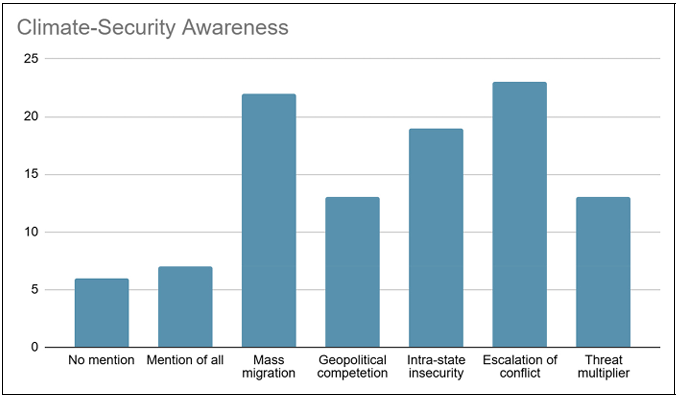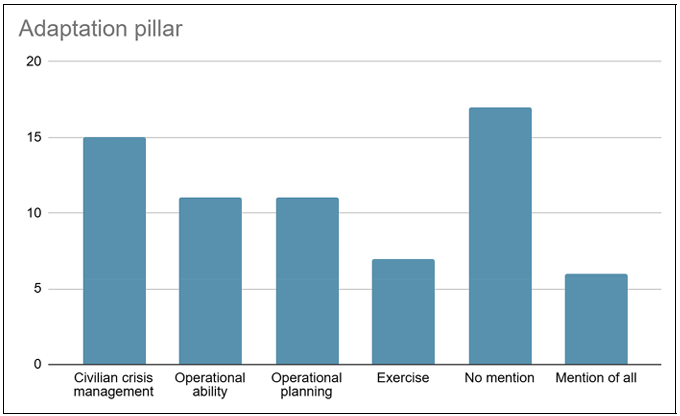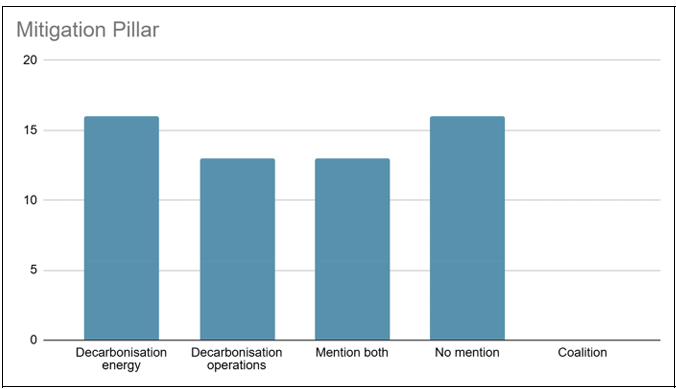Policy brief published by the International Journal: Canada’s Journal of Global Policy Analysis, May 2025.
Despite NATO’s 2021 Climate Change and Security Action Plan (CCSAP) and the establishment of the Climate Change and Security Centre of Excellence (CCASCOE), there is wide disparity among member states in integrating climate risks into defence planning. While the alliance aims to lead global efforts in understanding and adapting to climate change, national strategies across the 32 member states reveal unequal levels of awareness and preparedness. This divergence raises serious concerns about NATO’s operational cohesion and capacity to jointly respond to climate-driven security challenges.
Operational impacts and adaptation gaps:
Climate change affects military readiness by altering operational environments, infrastructure requirements, and personnel demands. NATO’s CCSAP outlines four pillars: awareness, adaptation, mitigation, and outreach. However, this analysis focuses on the first three.
- Awareness: While most NATO members recognize climate threats such as mass migration, conflict escalation, and intra-state instability, six allies made no reference to these in national strategies. This signals a critical gap in shared threat perception.

- Adaptation: NATO emphasizes adapting military capabilities to function in extreme conditions. Key areas include operational planning, exercises, civilian crisis management, and overall force resilience. However, 17 members fail to address any of these in their defence strategies, showing clear adaptation gaps that could hinder joint operations.

- Mitigation: While most strategies acknowledge the need to reduce emissions and enhance energy efficiency, only 13 countries link decarbonisation to improved operational ability, and none explicitly address its implications for future coalition interoperability. Without coordinated decarbonisation, disparities could weaken NATO’s ability to act as a unified force.

Consequences for alliance cohesion:
Diverging levels of climate adaptation and mitigation threaten to create a “two-tier NATO”, one where only some allies are equipped to operate under climate-affected conditions. This divide could lead to disputes over burden-sharing, compromise interoperability, and damage NATO’s collective reputation. Moreover, a lack of climate alignment might deter recruitment among younger, climate-conscious generations.
Pathways to a joint response:
To bridge these gaps, the brief proposes some recommendations:
- Create a dedicated working group to coordinate adaptation and decarbonisation measures across members, accounting for differing political and economic contexts.
- Foster organisational culture change to combat the false perception that climate adaptation detracts from traditional defence goals.
- Leverage NATO’s science and technology network to identify obstacles and misconceptions impeding climate-security progress.
- Use the CCSIA platform to build awareness and share best practices, ensuring climate security becomes central and not peripheral to allied defence planning.
Towards a cohesive climate-security alliance:
A baseline level of climate-security awareness exists within NATO, but operational alignment remains fragmented. To prevent a fractured future and build lasting alliance cohesion, NATO must act swiftly to harmonise climate adaptation and mitigation across all member states. Establishing a shared understanding is not only a strategic necessity but an opportunity to redefine security for the climate era.
This text is based on extracts from a policy brief written by Gry Thomasen, May 2025. To read the complete brief, follow the link here.
See below for our coverage on similar topics:
- Exploring pathways for world development within planetary boundaries
- Impact of Critical Energy Infrastructure Security on Military Resilience and Energy Security within NATO
- Earth System Tipping Points Are a Threat to Europe – How to Get Prepared?



